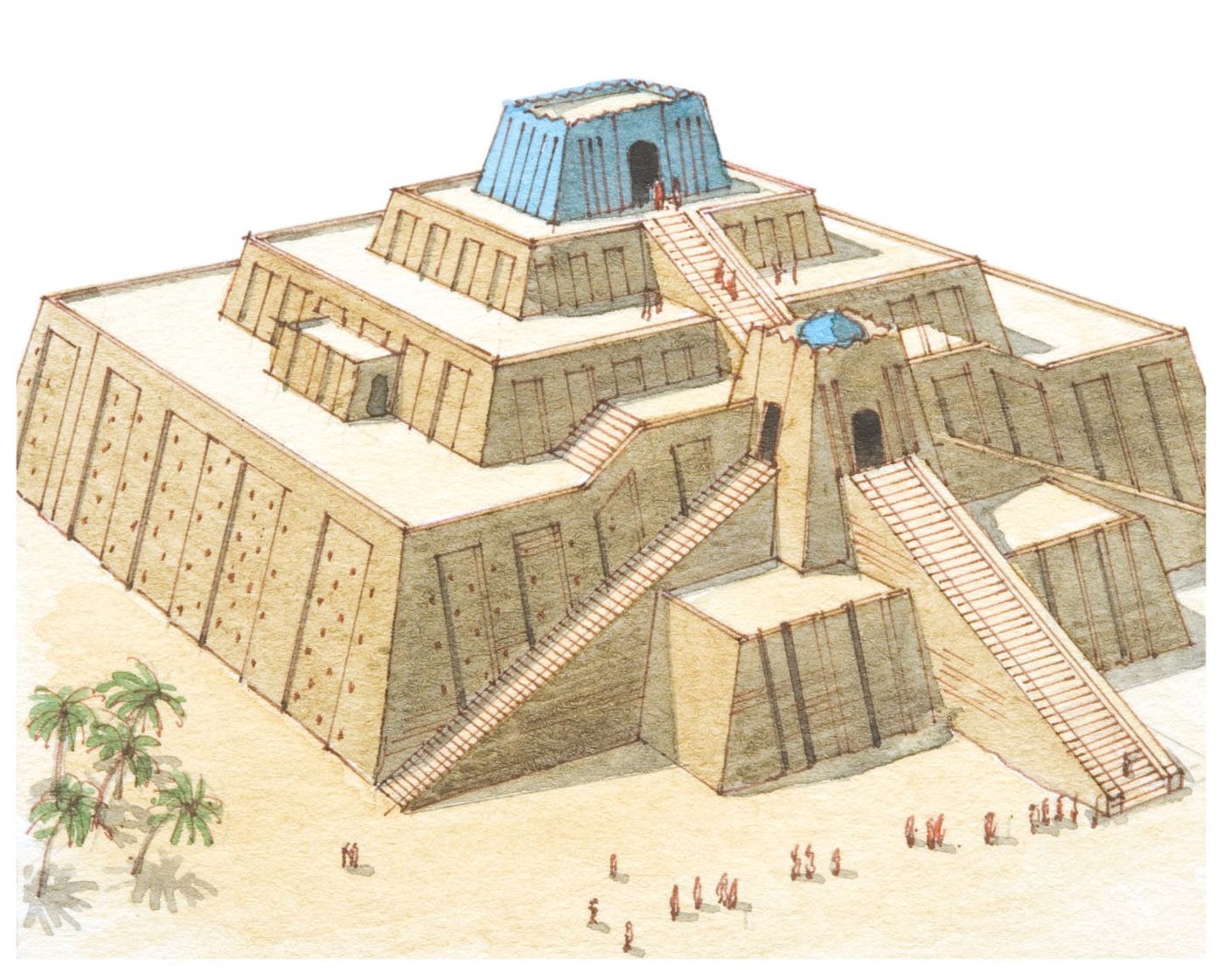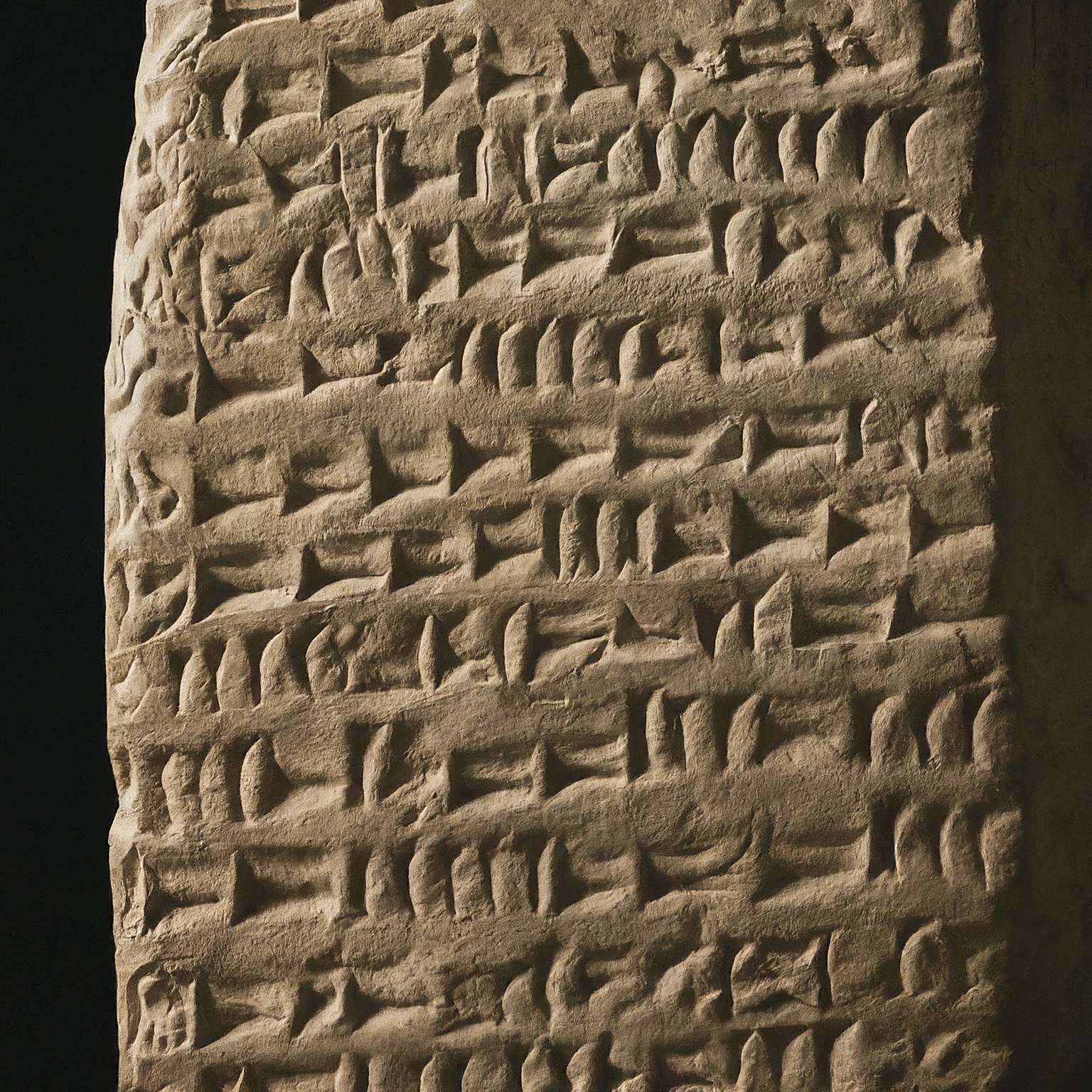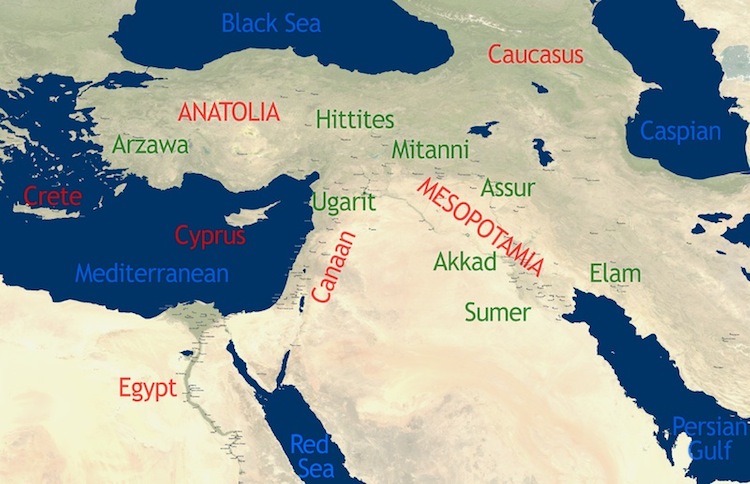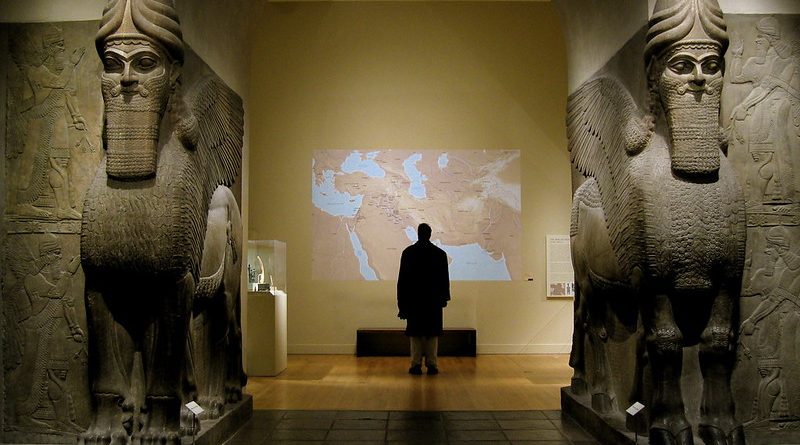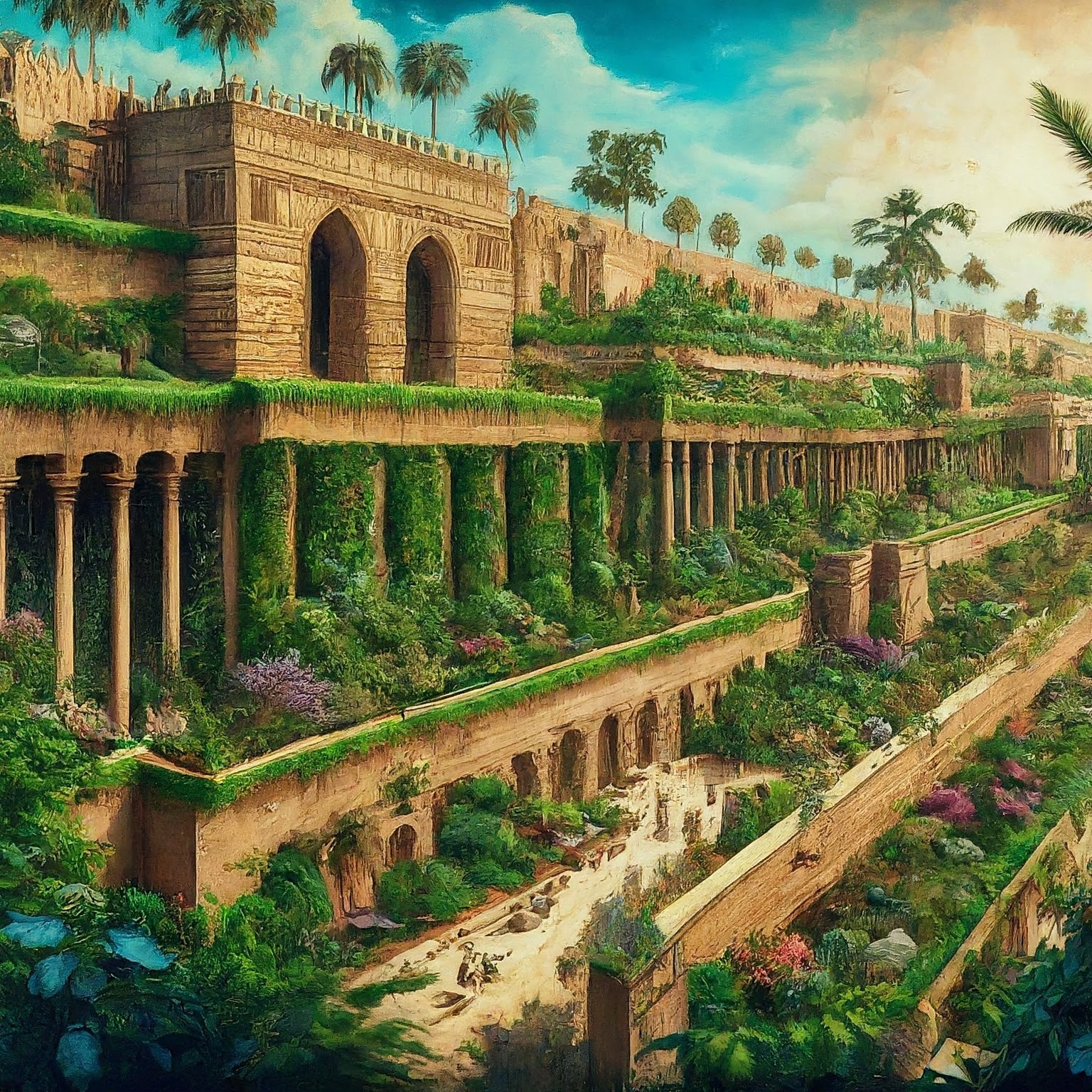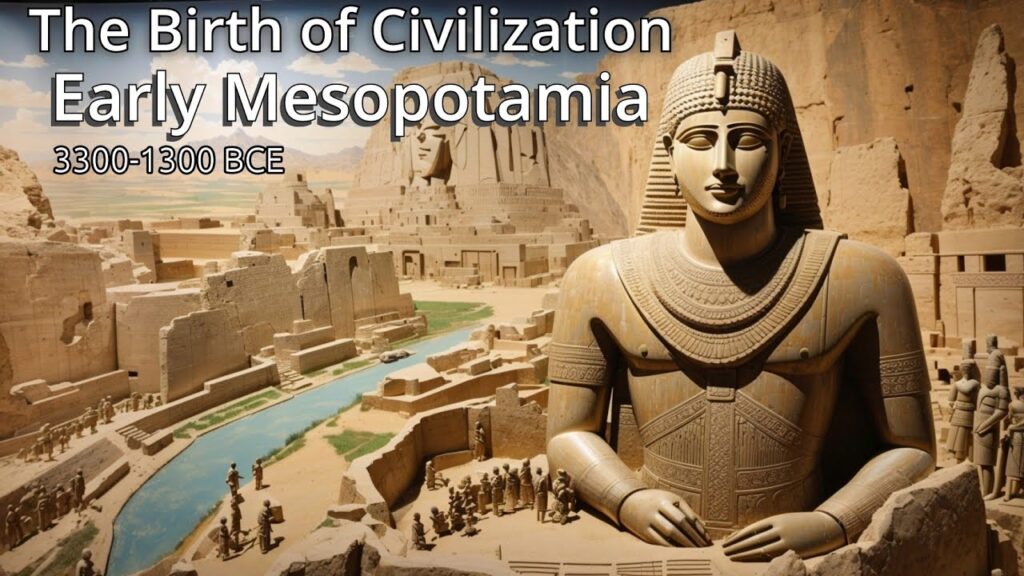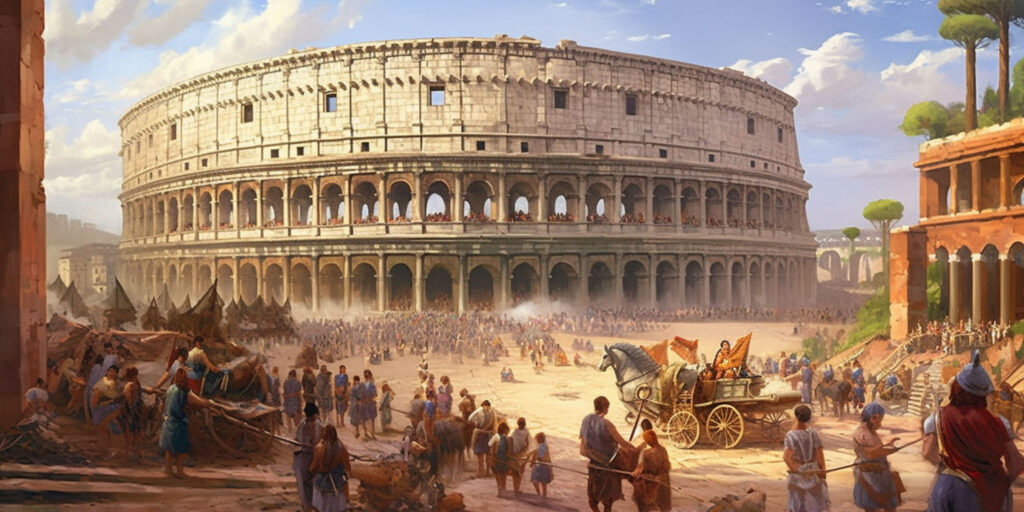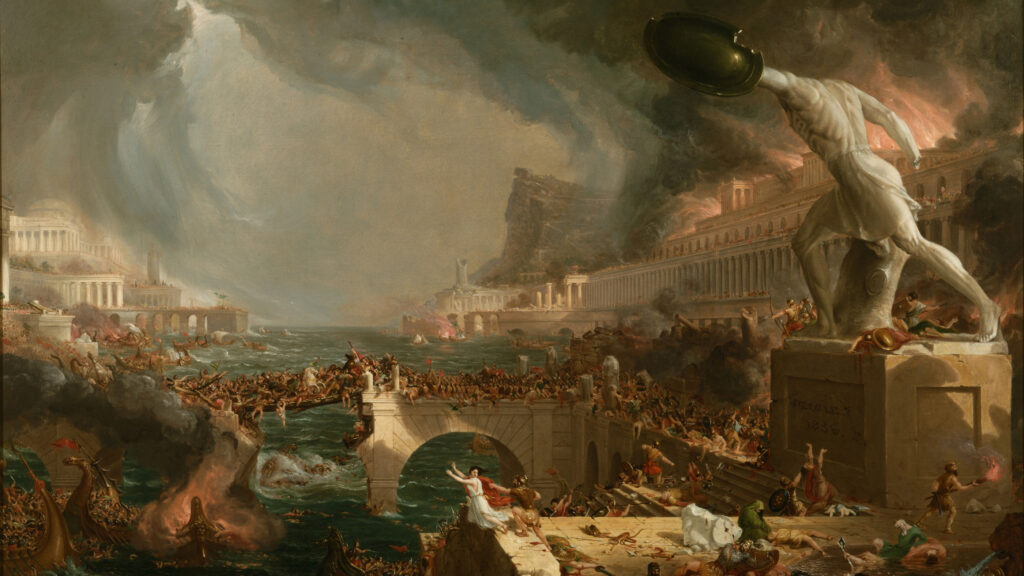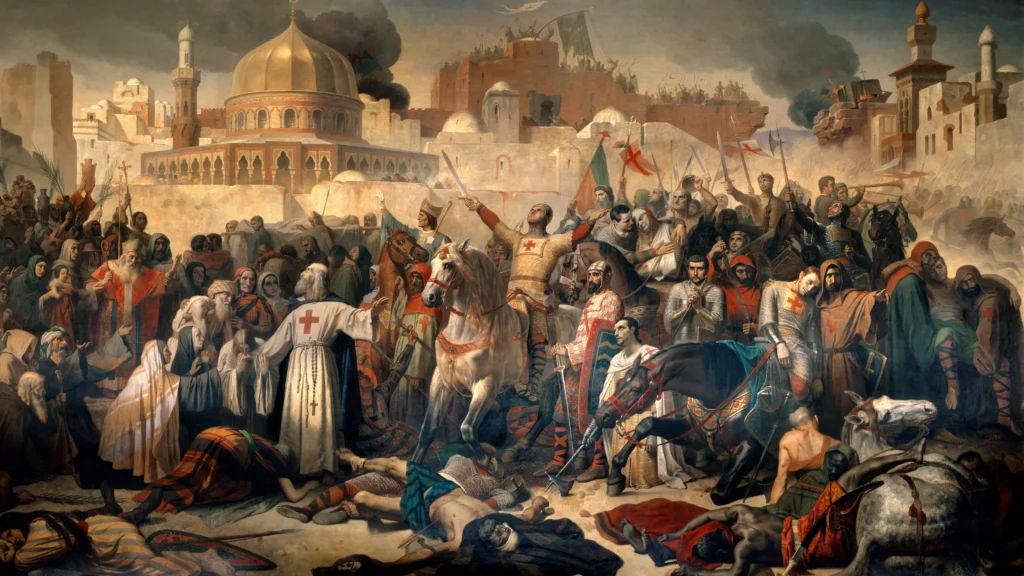

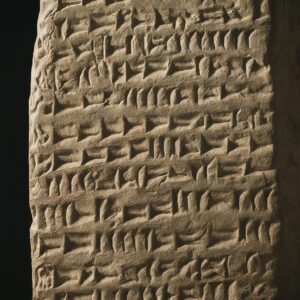
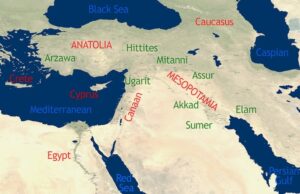
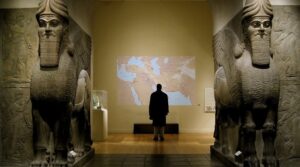
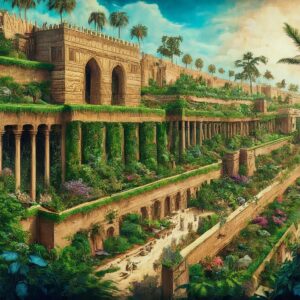
The Cradle of Civilization: Mesopotamia (Modern-Day Iraq)
Introduction
Mesopotamia, often referred to as the “Cradle of Civilization,” is one of the earliest regions where human societies developed complex structures, writing systems, and urban centers. Located in modern-day Iraq, this ancient land between the Tigris and Euphrates rivers is where humanity took some of its first steps toward advanced civilization. This article explores the geography, early settlements, cultural achievements, and lasting impact of Mesopotamia.
Geography and Environment
The Fertile Crescent
Mesopotamia lies in the heart of the Fertile Crescent, an area known for its rich soil and abundant water resources. The Tigris and Euphrates rivers provided essential water for irrigation, allowing early societies to cultivate crops and sustain large populations. The annual flooding of these rivers deposited fertile silt onto the land, making it one of the most productive agricultural regions in the ancient world.
Natural Resources and Trade
The region’s natural resources, including clay, reed, and bitumen, were vital for construction and daily life. Mesopotamians used clay to make bricks and pottery, while reeds were used for building and weaving. The abundance of resources facilitated trade with neighboring regions, bringing in goods like timber, metals, and precious stones, which were not locally available.
Early Settlements and Urbanization
Prehistoric Beginnings
The earliest human settlements in Mesopotamia date back to the Neolithic period (circa 10,000 BCE). Small, agrarian communities began to form, practicing farming and animal husbandry. These early settlers developed simple tools and pottery, laying the groundwork for more complex societies.
The Rise of Cities
By around 4000 BCE, significant urban centers began to emerge, such as Eridu, Uruk, and Ur. These cities were characterized by large populations, complex social structures, and monumental architecture. Uruk, often considered the world’s first true city, had extensive walls, temples, and a ziggurat dedicated to the god Anu.
The Sumerians: Pioneers of Civilization
Writing and Record-Keeping
The Sumerians, who inhabited southern Mesopotamia, made one of the most significant contributions to human history: the invention of writing. Around 3200 BCE, they developed cuneiform script, which involved pressing wedge-shaped symbols into clay tablets. This writing system allowed for the recording of transactions, laws, and literary texts, such as the famous Epic of Gilgamesh.
Government and Society
Sumerian city-states were ruled by powerful kings who held both political and religious authority. These city-states, such as Ur, Uruk, and Lagash, were often engaged in warfare over resources and territory. Sumerian society was hierarchical, with the king and priests at the top, followed by merchants, artisans, and farmers. Slaves, often prisoners of war or debtors, occupied the lowest social rung.
Akkadian Empire: The First Empire
Sargon the Great
In the 24th century BCE, Sargon of Akkad established the Akkadian Empire, uniting various city-states under a centralized rule. This marked the first known empire in history. Sargon expanded his territory through military conquests, extending his influence from the Persian Gulf to the Mediterranean Sea. The Akkadian Empire facilitated cultural and economic exchange across a vast region.
Cultural Achievements
The Akkadians adopted and spread Sumerian culture, including their writing system, religious practices, and artistic styles. The Akkadian language became the lingua franca of the region, used in administration and diplomacy. The empire’s fall around 2150 BCE, due to internal strife and external invasions, did not erase its cultural legacy, which continued to influence subsequent civilizations.
Babylon: A Center of Learning and Law
The Rise of Babylon
Babylon, located on the Euphrates River, rose to prominence under King Hammurabi in the 18th century BCE. Hammurabi is best known for his code of laws, one of the earliest and most comprehensive legal codes in history. The Code of Hammurabi established rules and penalties for various offenses, emphasizing justice and order.
Advancements in Science and Literature
Babylon became a center of learning and culture, producing significant advancements in astronomy, mathematics, and literature. Babylonian astronomers developed a lunar calendar and made accurate predictions of celestial events. Literary works, such as the Enuma Elish, a creation myth, reflect the city’s rich intellectual life.
Assyrian Empire: Masters of Warfare
Military Innovations
The Assyrians, originating from northern Mesopotamia, built one of the most powerful empires in the ancient world. Known for their military prowess, the Assyrians developed advanced siege techniques, iron weaponry, and a professional standing army. Their empire, at its height in the 7th century BCE, stretched from Egypt to Persia.
Administration and Culture
Assyrian kings, such as Ashurbanipal, established extensive libraries and promoted the arts. The Library of Ashurbanipal in Nineveh housed thousands of clay tablets, preserving texts on various subjects, including literature, science, and law. Assyrian art, characterized by detailed bas-reliefs, depicted scenes of warfare, hunting, and daily life.
The Neo-Babylonian Empire: Revival and Splendor
Nebuchadnezzar II
The Neo-Babylonian Empire, under King Nebuchadnezzar II (605-562 BCE), witnessed a cultural and architectural renaissance. Nebuchadnezzar rebuilt Babylon, constructing impressive structures such as the Ishtar Gate and the Hanging Gardens, one of the Seven Wonders of the Ancient World. His reign marked a period of prosperity and cultural revival.
Achievements and Legacy
The Neo-Babylonian Empire made significant contributions to science and astronomy. Babylonian scholars recorded detailed observations of planetary movements, laying the groundwork for future astronomical studies. The empire’s fall to the Persian king Cyrus the Great in 539 BCE marked the end of Mesopotamian dominance, but its cultural achievements continued to influence subsequent civilizations.
Society and Daily Life
Social Structure
Mesopotamian society was hierarchical, with a king or ruler at the top, followed by priests, merchants, artisans, and farmers. Slaves, often prisoners of war or debtors, formed the lowest social class. The family was the basic social unit, with men typically holding authority over women and children.
Religion and Beliefs
Religion played a central role in Mesopotamian life. The people worshiped a pantheon of gods and goddesses, each associated with natural forces and aspects of daily life. Temples, or ziggurats, served as centers of worship and economic activity. Priests performed rituals and offered sacrifices to appease the gods and ensure prosperity.
Achievements in Science and Technology
Astronomy and Mathematics
Mesopotamian scholars made significant advancements in astronomy and mathematics. They developed a sexagesimal (base-60) number system, which is still used today for measuring time and angles. Their observations of celestial bodies led to the creation of a lunar calendar and predictions of astronomical events, such as eclipses.
Engineering and Architecture
Mesopotamians were skilled engineers and architects, constructing impressive structures such as ziggurats, palaces, and irrigation systems. The use of mudbrick and bitumen allowed for the construction of durable buildings. Innovations in water management, including canals and levees, enabled the efficient irrigation of agricultural lands.
Writing and Literature
The Invention of Writing
The development of cuneiform writing around 3200 BCE revolutionized communication and record-keeping. Initially used for administrative purposes, cuneiform evolved to include literary, legal, and scientific texts. Scribes, who were trained in specialized schools, played a crucial role in the administration and culture of Mesopotamian society.
Literary Works
Mesopotamian literature includes some of the earliest known literary works, such as the Epic of Gilgamesh, a tale of heroism and friendship, and the Enuma Elish, a creation myth. These texts provide insights into the beliefs, values, and concerns of ancient Mesopotamians, revealing a rich and complex cultural heritage.
The Decline and Legacy
The Fall of Mesopotamian Civilizations
The decline of Mesopotamian civilizations began with the fall of the Neo-Babylonian Empire to the Persian king Cyrus the Great in 539 BCE. Subsequent conquests by the Greeks under Alexander the Great and later the Romans and Arabs further eroded Mesopotamian political power. However, the cultural and intellectual achievements of Mesopotamia continued to influence the broader ancient world.
Lasting Impact
Mesopotamia’s legacy endures in many aspects of modern civilization. The invention of writing, advancements in law and governance, and contributions to science and mathematics have had a profound and lasting impact. The region’s rich cultural heritage continues to be studied and admired, providing valuable insights into the origins and development of human societies.
Conclusion
Mesopotamia, the “Cradle of Civilization,” is a testament to the ingenuity and resilience of ancient peoples. From the fertile banks of the Tigris and Euphrates to the grandeur of its cities, Mesopotamia’s achievements in writing, law, science, and architecture laid the foundations for future civilizations. Understanding the history and contributions of Mesopotamia provides valuable insights into the development of human societies and the enduring legacy of one of history’s greatest civilizations.

